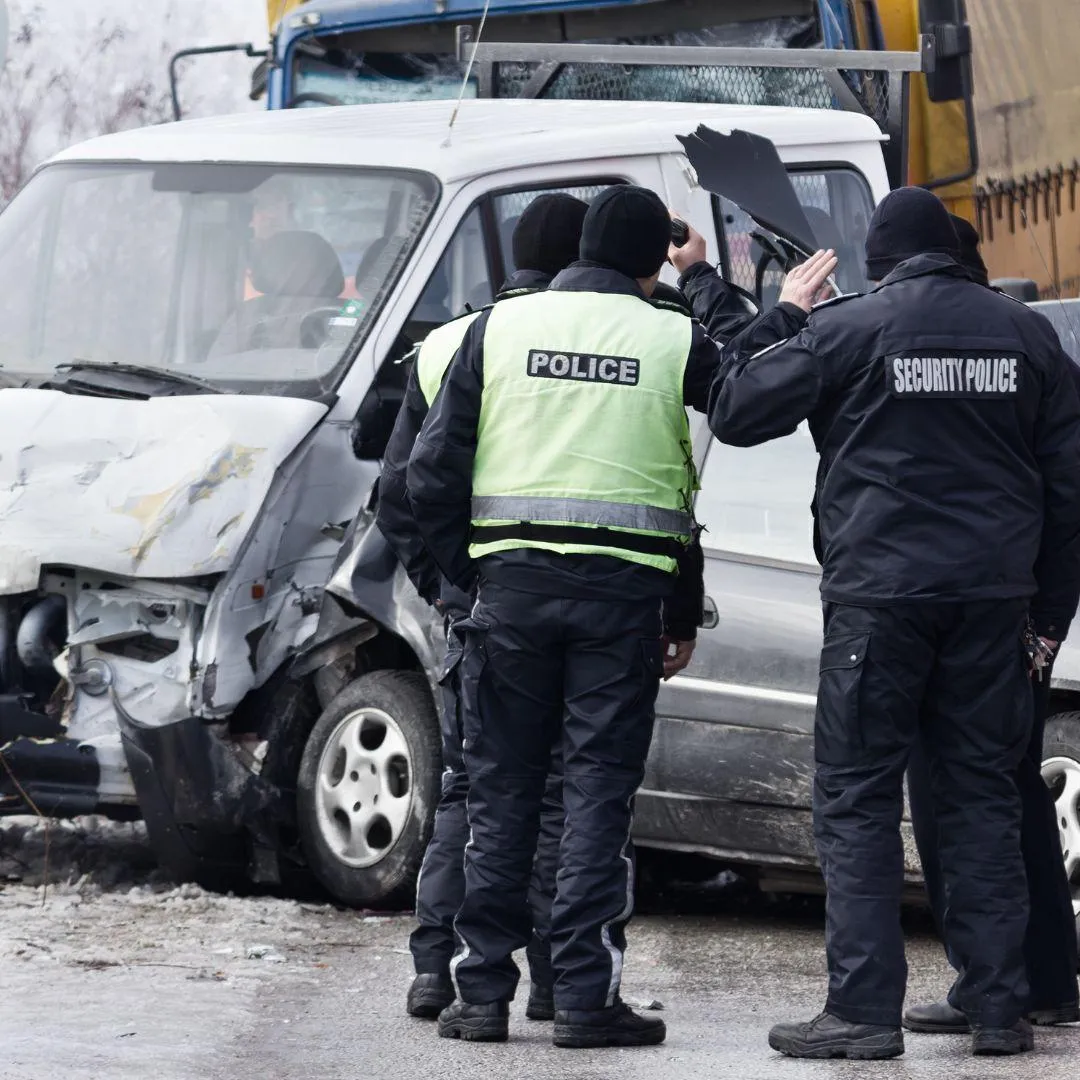A Picture Is Worth a Thousand Dollars: Why You Should Document Everything After an Accident
When you're in a car accident, it’s easy to feel overwhelmed. You’re shaken, possibly injured, and just trying to figure out what to do next. But in the middle of all that chaos, there’s one move that could literally add thousands to your future payout:
Take photos. Document everything.
Because after an accident, a picture isn’t just worth a thousand words — it might be worth
$50,000 or more.
First Things First: Prioritize Safety
Before you start documenting the scene, make sure you’re physically okay.
• If you’re seriously injured, stay in the car and wait for emergency responders.
• If someone else is hurt, call 911 immediately.
• Don’t walk around a busy road or highway if it’s unsafe to do so.
Once you’ve confirmed everyone’s safe — then start documenting.
Why Photos Can Win (or Lose) a Case
Insurance companies aren’t in the business of handing out big checks.
Their goal? Minimize payouts.
And without solid documentation, they’ll look for ways to downplay your damage or deny liability.
Strong, clear photos help:
• Prove who was at fault
• Show the full extent of property damage
• Document injuries in real-time
• Capture environmental factors (weather, lighting, hazards)
• Disprove false claims later

We’ve seen clear photo evidence take a $3,000 offer and turn it into a $45,000 settlement.
No exaggeration — this is one of the most powerful things you can do to protect your case.
What to Photograph at the Scene
Here’s what to focus on if you’re able to safely move around the scene:
1. The Vehicles
• Wide shots ofall cars involved
• Close-ups of damage from multiple angles
• License plate numbers
• Scratches, dents, airbag deployment — anything that shows impact
2. The Scene
• Skid marks, broken glass, road signs
• Intersection layout, stop signs, traffic signals
• Weather and road conditions
• Anything that could explain or support what happened
3. Injuries (Yours + Others)
• Bruises, cuts, swelling, bleeding
• Get photos at the scene and during recovery if injuries progress
• Include timestamped photos if possible
4. Driver + Passenger Info
• Snap photos of the other driver’s insurance card and license
• Get pictures of license plates, VINs, and any ID they’re willing to show
• If there are witnesses or passengers, take note of who they are (photo optional)
Don’t Stop at Photos — Write Down Details Too
While everything’s still fresh in your mind, take 60 seconds to jot down:
• What direction each vehicle was traveling
• What time it happened
• What the weather and road were like
• What the other driver said (yes, even “I’m sorry!” matters)
•Any strange behavior before or after the crash
These notes will be gold for your legal team later.
What If You Forgot to Take Pictures?
You’re not alone — most people forget in the moment. That doesn’t mean your case is ruined.
Here’s what you can do:
• Return to the scene and document the location (if safe)
• Take photos of your vehicle before it gets repaired
• Photograph your injuries as they progress
• Ask nearby businesses if they have security footage
• Screenshot any messages or calls you had about the crash (timestamped)
The more you can recreate the moment, the stronger your claim becomes.
Myth: “Isn’t the Police Report Enough?”

Police reports are important — but they’re often bare-bones.
They might list who was involved and what was said, but they rarely capture what actually happened in visual detail.
Photos and notes fill in the gaps — they show how bad it was, how it happened, and why you deserve more.